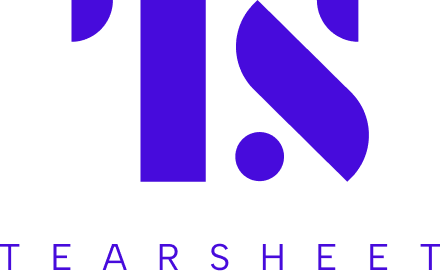How Synchrony is making WFH work when other FIs haven’t
- When other institutions are mandating employees return to the office, Synchrony is sticking to its flexible workplace model. What strategies were instrumental in shaping its sustainable workplace model?
- CEO Brian D. Doubles believes there are many approaches beyond mandating physical attendance to increase positive outcomes for his company. These approaches can influence both employee satisfaction and productivity.

Jamie Dimon, known for his skepticism of bitcoin, also emerged as a critic of the WFH [work from home] policy last year. By April 2023, JPMorgan, followed by Bank of America and Goldman Sachs, officially changed its WFH policy, adopting a five-day-in-the-office setup.
Recently, Citi, HSBC’s New York office, and Barclays followed suit in getting their staff back in the office. Although these banks maintained some remote work flexibility post-pandemic, they are now revising their policies partly due to the looming reintroduction of pre-pandemic workplace monitoring rules by the Financial Industry Regulatory Authority [FINRA] in the coming months.
Banks find themselves at a crossroads as they assess the impact of impending regulations and reconsider their approach to remote work. Eliminating remote work options may negatively impact talent retention and acquisition efforts. On the other hand, Synchrony, a provider of white-label consumer credit offerings, is sticking to its flexible workplace model. The firm, not subject to FINRA oversight, is in fact solidifying remote work as a permanent arrangement.
CEO Brian D. Doubles believes there are many approaches beyond mandating physical attendance to increase positive outcomes for his company. These approaches, unrestricted by a rigid binary of right or wrong, can influence both employee satisfaction and productivity.
Synchrony’s workplace model
Synchrony has over 18,000 employees and provides consumer financing products, including credit cards, promotional financing, and loyalty programs. It also offers installment loans and FDIC-insured savings through its online subsidiary, Synchrony Bank.
Synchrony offers flexible work options, allowing employees to work from home, a Synchrony hub, or both. Hubs or physical office locations serve as bases for virtual and in-person connections.
“The future of work is flexible,” said DJ Casto, Executive VP and Chief Human Resources Officer at Synchrony.



